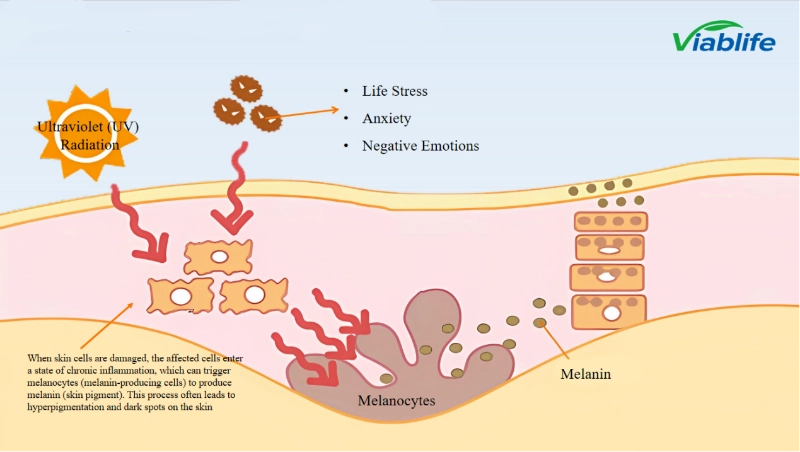In the realm of optics and surveillance technology, night vision has emerged as a pivotal tool, enabling users to see in low-light conditions that would otherwise render the human eye nearly useless. However, a common question arises: Does night vision work with darkness? To answer this, we must delve into the mechanics of night vision technology, its limitations, and its applications in various fields.
The Fundamentals of Night Vision Technology
Night vision devices primarily rely on two technologies: image intensification and thermal imaging. Understanding these two methods is crucial to grasping how night vision operates in darkness.
- Image Intensification: This technology amplifies existing light, such as moonlight or starlight, to create a visible image. It works by collecting photons through a lens and directing them onto a photocathode, which converts the light into electrons. These electrons are then amplified and converted back into light, producing a bright image. Therefore, image intensification is most effective in low-light conditions rather than complete darkness. In environments devoid of any light source, such as a pitch-black room or a dense forest at midnight, image intensification devices may struggle to produce a usable image.
- Thermal Imaging: In contrast, thermal imaging detects the infrared radiation emitted by objects based on their heat signatures. This technology does not rely on visible light, making it effective in total darkness. Thermal cameras can visualize heat emitted by living beings, vehicles, and other objects, allowing users to see in complete darkness. This capability is particularly valuable in military operations, search and rescue missions, and wildlife observation.
The Role of Ambient Light
The effectiveness of night vision devices is heavily influenced by the presence of ambient light. In scenarios where there is minimal light, such as during a new moon or in heavily shaded areas, image intensification devices may not function optimally. Conversely, even a small amount of ambient light can significantly enhance the performance of these devices.
For instance, a night vision device may work effectively in twilight conditions, where the residual light from the setting sun is still present. In such cases, the device can amplify the available light to produce a clear image. However, in absolute darkness, users may need to rely on thermal imaging technology to navigate their surroundings.
Limitations and Considerations
While night vision technology has advanced significantly, it is not without limitations. Users should be aware of the following considerations:
- Range and Resolution: The effectiveness of night vision devices diminishes with distance. Image intensification devices may produce grainy images at longer ranges, while thermal imaging can sometimes struggle with resolution, particularly when distinguishing between objects with similar heat signatures.
- Environmental Factors: Weather conditions, such as fog, rain, or snow, can impact the performance of both image intensification and thermal imaging devices. Fog can scatter light, reducing visibility for image intensification, while thermal imaging may struggle to penetrate heavy precipitation.
- Cost and Complexity: High-quality night vision devices can be expensive and may require specialized training to operate effectively. Users must weigh the benefits against the costs and consider their specific needs.
Practical Applications of Night Vision
Night vision technology has a wide array of applications across various sectors:
- Military and Law Enforcement: Night vision is indispensable for tactical operations, allowing personnel to conduct missions under the cover of darkness while maintaining situational awareness.
- Wildlife Observation: Researchers and enthusiasts use night vision to study nocturnal animals without disturbing their natural behavior.
- Search and Rescue: In emergency situations, night vision aids rescuers in locating individuals in low-light environments, enhancing the chances of successful recovery.
- Home Security: Many modern security systems incorporate night vision cameras to monitor properties during nighttime, providing peace of mind to homeowners.
Conclusion
In summary, the question of whether night vision works in darkness is nuanced. While image intensification devices require some level of ambient light to function effectively, thermal imaging technology excels in complete darkness by detecting heat signatures. Understanding these distinctions is crucial for anyone considering the use of night vision technology, whether for professional, recreational, or security purposes. As technology continues to evolve, the capabilities of night vision devices will likely expand, further enhancing our ability to navigate and understand the world after dark.

